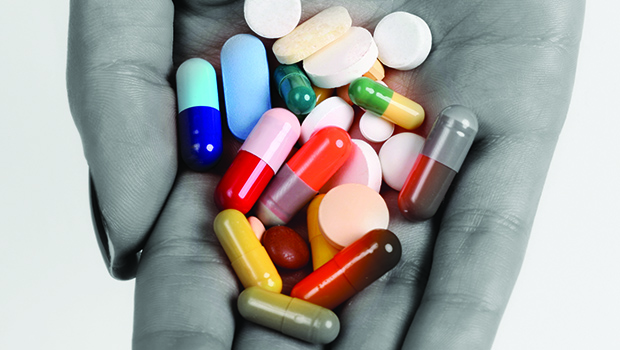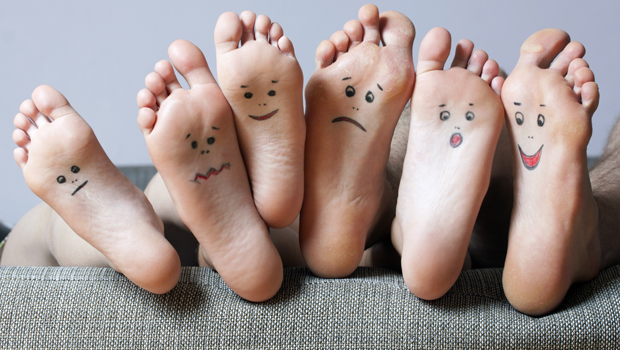Let’s Talk About Incontinence and Diabetes

If you are dealing with incontinence, you’re not alone. A study by the US Department of Health and Human Services (HHS) suggests that over half of older Americans experience incontinence at some point.
There is a known connection between diabetes and incontinence. One of the most common complications of diabetes is nerve damage, or neuropathy, which is caused by high blood sugar levels. According to the Simon Foundation for Continence, your body has a network of autonomic nerves that run from your heart to your bladder, which can be affected by diabetic neuropathy, including nerves in the bladder and the bowel. More often than not, incontinence is caused by damage to these nerves and muscles. Neuropathy also affects the legs and hands, which can indirectly lead to issues of incontinence since people who have decreased mobility, or experience pain with movement, may have trouble making it to the bathroom quickly enough.
There are other ways a diabetes diagnosis can raise the risk of incontinence. Those who have gestational diabetes during pregnancy, for instance, have a higher than average chance of giving birth to larger baby. These deliveries increase the risk of damaging the muscles surrounding the birth canal, including muscles that control the bladder. Obesity can cause similar damage to your bladder muscles. Certain medications and heart problems may also cause urinary incontinence.
According to the HHS study, it costs over $4,000 a year, on average, to manage incontinence. Treatment usually involves improving control of blood sugar and weight, and treating hypertension and high cholesterol, as well as avoiding food and drinks known to trigger incontinence, including alcohol, caffeine, decaffeinated tea or coffee, carbonated drinks, artificial sweeteners, corn syrup, and foods high in sugar.
Many drug treatments for incontinence actually try to relax bladder muscles. This may seem counterproductive, except that incontinence is often caused by an overactive bladder muscle. The Mayo Clinic lists several forms of medication that can help in controlling urinary incontinence which are included at the end of this article.
The most important thing you can do to begin treating incontinence is to talk to your doctor or other medical professional. A moment of discomfort in discussing the issue may lead to fewer moments of discomfort throughout the day.
Anticholinergics – These short-acting drugs block your brain from sending a signal to the bladder to release. This can help if you have issues of incontinence at certain points throughout the day.
Mirabegron – This drug relaxes the bladder muscle and can increase the amount of urine a bladder can hold.
Botox – It’s not just for cosmetics; this drug paralyzes an overactive bladder muscle for a couple of months at a time. Used as a secondary line of treatment if others fail.
Imipramine – An antidepressant that makes the bladder relax, but it can cause drowsiness, so it is better suited for nighttime incontinence.
Want more news on Type 2 diabetes? Subscribe to our newsletter here.





